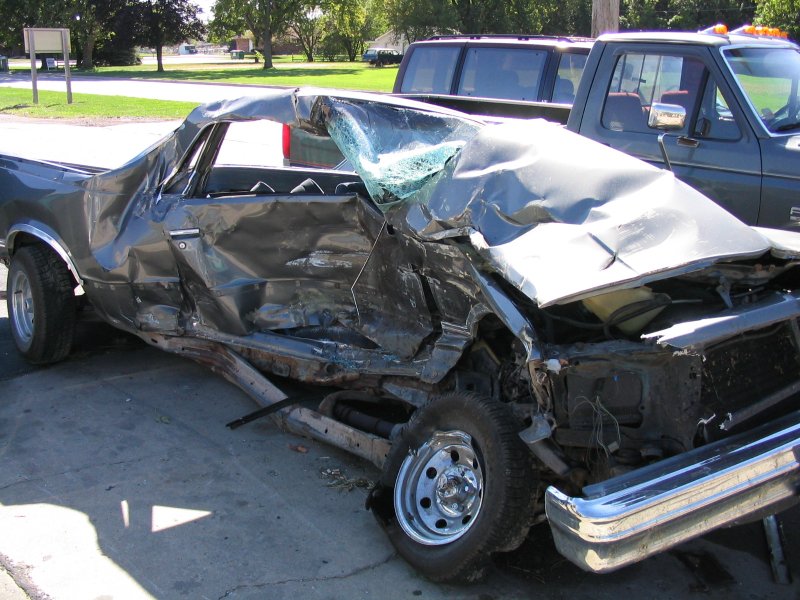
Tire and wheel protection plans offer coverage for unexpected damage to tires and wheels. These plans provide repair or replacement services for issues caused by road hazards like potholes, nails or debris. Understanding the benefits and limitations of these plans helps vehicle owners decide if they are worth the investment.
Coverage and Benefits
Tire and wheel protection plans typically cover the cost of repairs or replacements due to road hazards. This coverage can save money over time, especially with the high cost of modern tires and wheels. Additionally, some plans include roadside assistance, which can be a lifesaver during emergencies. Consider these plans when you are shopping around for a new Ford for sale.
These plans often cover mounting, balancing and labor costs, reducing out-of-pocket expenses. Some also provide coverage for cosmetic damage to alloy wheels, preserving the vehicle’s appearance. Knowing what a plan includes ensures that it meets specific needs and expectations.
Financial Considerations
The cost of tire and wheel protection plans varies based on coverage level and provider. It’s important to compare the plan’s price to the potential cost of tire and wheel repairs or replacements. A single incident, like hitting a pothole, can result in expensive repairs that might justify the plan’s cost.
However, if the plan’s price exceeds the average repair costs over its duration, it may not be a wise investment. Assessing driving habits and local road conditions helps determine the likelihood of needing frequent tire and wheel repairs.
Peace of Mind
For many, the primary benefit of tire and wheel protection plans is peace of mind. Knowing that unexpected damage will not lead to significant expenses can provide a sense of security. This assurance is particularly valuable for those who drive frequently or live in areas with poor road conditions.
Plans also reduce the stress of dealing with tire and wheel issues. Instead of scrambling to find a repair shop and paying out of pocket, plan holders can rely on their coverage to handle these problems efficiently.
Limitations and Exclusions
Tire and wheel protection plans have limitations and exclusions that must be understood before purchase. Common exclusions include damage from accidents, vandalism or improper maintenance. Some plans do not cover off-road driving or high-performance tires.
Reading the fine print and asking questions ensures that the plan provides the expected coverage. Understanding what is not covered prevents surprises and allows for better planning.
Alternatives to Protection Plans
Some may choose to forgo tire and wheel protection plans in favor of setting aside a repair fund. Regularly saving a small amount can create a financial cushion for unexpected tire and wheel expenses. This approach provides flexibility and avoids the need for a formal plan.
Another alternative is checking existing insurance policies. Some auto insurance policies include coverage for tire and wheel damage. Reviewing current coverage helps avoid redundant or unnecessary additional plans.
Decide if They Are Necessary
Deciding whether tire and wheel protection plans are necessary depends on individual circumstances. However, for those with expensive tires and wheels or those who frequently encounter road hazards, these plans can be beneficial. They provide financial protection and peace of mind. It is important to weigh the potential benefits against the costs to come to a well-informed decision. Tire and wheel protection plans offer valuable coverage for some, while others may find better financial strategies to handle unexpected tire and wheel issues.


